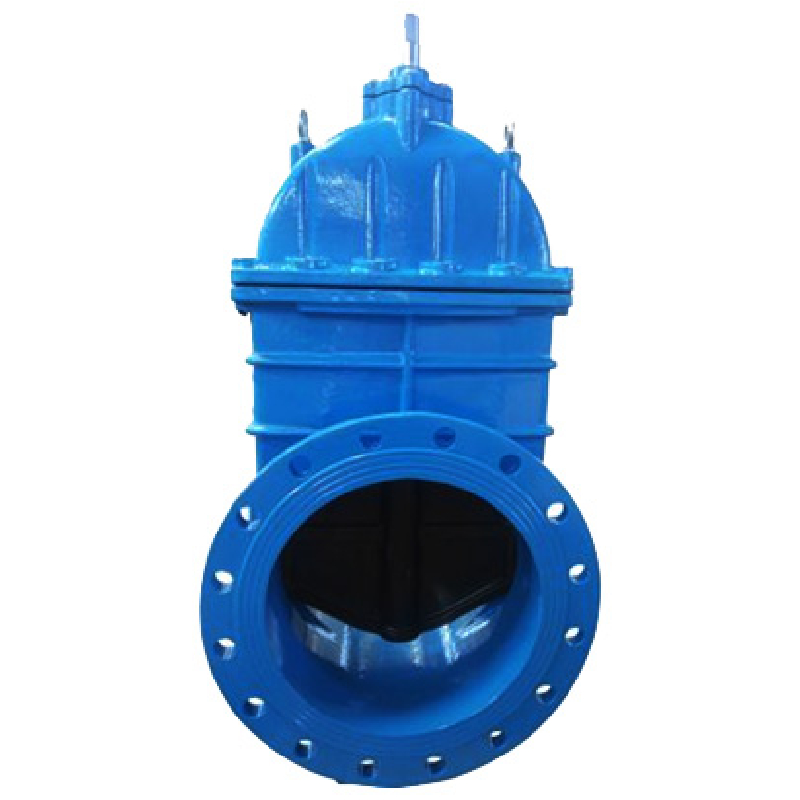Oktoba . 02, 2024 19:05 Back to list
Air Valve Functionality and Applications in Pneumatic Systems
Understanding Air Valves A Key Component in Fluid Dynamics
Air valves are essential components in various industrial applications, providing a crucial role in the management of air and gases. Whether in pneumatic systems, HVAC (Heating, Ventilation, and Air Conditioning), or water distribution, air valves ensure the efficient operation of systems by controlling air flow, preventing contamination, and maintaining pressure. This article delves into the function, types, and benefits of air valves in modern engineering.
What Are Air Valves?
Air valves, also known as pneumatic valves, are devices that regulate the flow of air within a system. They can prevent backflow, allow for controlled venting, and even facilitate the maintenance of a desired pressure level. These valves are typically used in systems where air or gas management is critical, providing mechanisms to open, close, or modulate airflow automatically or manually.
Types of Air Valves
There are several types of air valves, each designed for specific applications. The most common types include
1. Check Valves These prevent backflow in a system, ensuring that air flows in one direction only. They are essential in preventing contamination and maintaining system integrity.
2. Relief Valves These valves serve as safety devices that release excess pressure from a system to prevent potential damage or failure.
3. Control Valves Used to regulate airflow and pressure, control valves can be manually adjusted or automated, allowing for precise management of air distribution in applications like HVAC systems.
air valve

4. Blow-off Valves Common in pneumatic systems, blow-off valves release trapped air to prevent pressure build-up, thus enhancing efficiency and safety.
Benefits of Air Valves
The incorporation of air valves into systems offers numerous advantages
- Protection Against Contamination By preventing backflow, air valves help maintain the quality of air or gas in a system, which is particularly important in applications involving sensitive materials or processes.
- Safety Enhancement Relief and blow-off valves play a critical role in safeguarding equipment and personnel from potential hazards associated with overpressure situations.
- Efficiency Optimization Properly functioning air valves ensure that systems operate at optimal pressure levels, reducing energy consumption and improving overall efficiency.
- Maintenance Facilitation Many air valves are designed for easy access and maintenance, allowing for quick repairs and reducing downtime in industrial systems.
Conclusion
In conclusion, air valves are a vital component in the realm of fluid dynamics, providing critical functions that support safety, efficiency, and reliability across various industries. Understanding the types and functions of air valves can enhance the design and operation of pneumatic systems, ultimately contributing to better performance and longevity of equipment. As industries continue to innovate, the role of air valves remains pivotal, ensuring that air and gas management systems are both effective and efficient.
Share
-
Reliable Wafer Type Butterfly Valves for Every IndustryNewsJul.25,2025
-
Reliable Flow Control Begins with the Right Ball Check ValveNewsJul.25,2025
-
Precision Flow Control Starts with Quality ValvesNewsJul.25,2025
-
Industrial Flow Control ReliabilityNewsJul.25,2025
-
Engineered for Efficiency Gate Valves That Power Industrial PerformanceNewsJul.25,2025
-
Empowering Infrastructure Through Quality ManufacturingNewsJul.25,2025